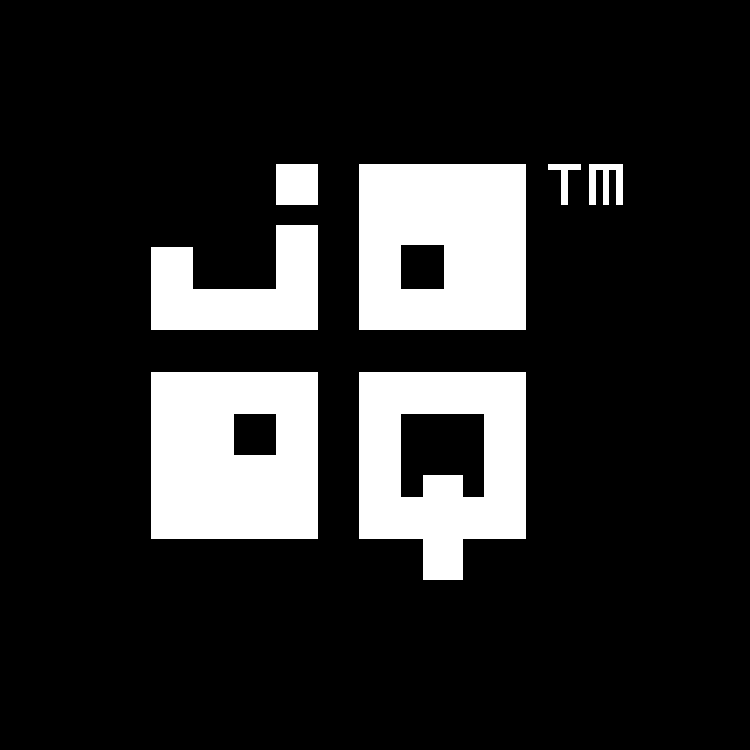Available in versions: Dev (3.21) | Latest (3.20) | 3.19 | 3.18 | 3.17 | 3.16 | 3.15 | 3.14 | 3.13 | 3.12 | 3.11
Step 4: Connect to your database
Applies to ✅ Open Source Edition ✅ Express Edition ✅ Professional Edition ✅ Enterprise Edition
Let's just write a vanilla main class in the project containing the generated classes:
// For convenience, always static import your generated tables and jOOQ functions to decrease verbosity:
import static test.generated.Tables.*;
import static org.jooq.impl.DSL.*;
import java.sql.*;
public class Main {
public static void main(String[] args) {
String userName = "root";
String password = "";
String url = "jdbc:mysql://localhost:3306/library";
// Connection is the only JDBC resource that we need
// PreparedStatement and ResultSet are handled by jOOQ, internally
try (Connection conn = DriverManager.getConnection(url, userName, password)) {
// ...
}
// For the sake of this tutorial, let's keep exception handling simple
catch (Exception e) {
e.printStackTrace();
}
}
}
This is pretty standard code for establishing a MySQL connection.

Feedback
Do you have any feedback about this page? We'd love to hear it!